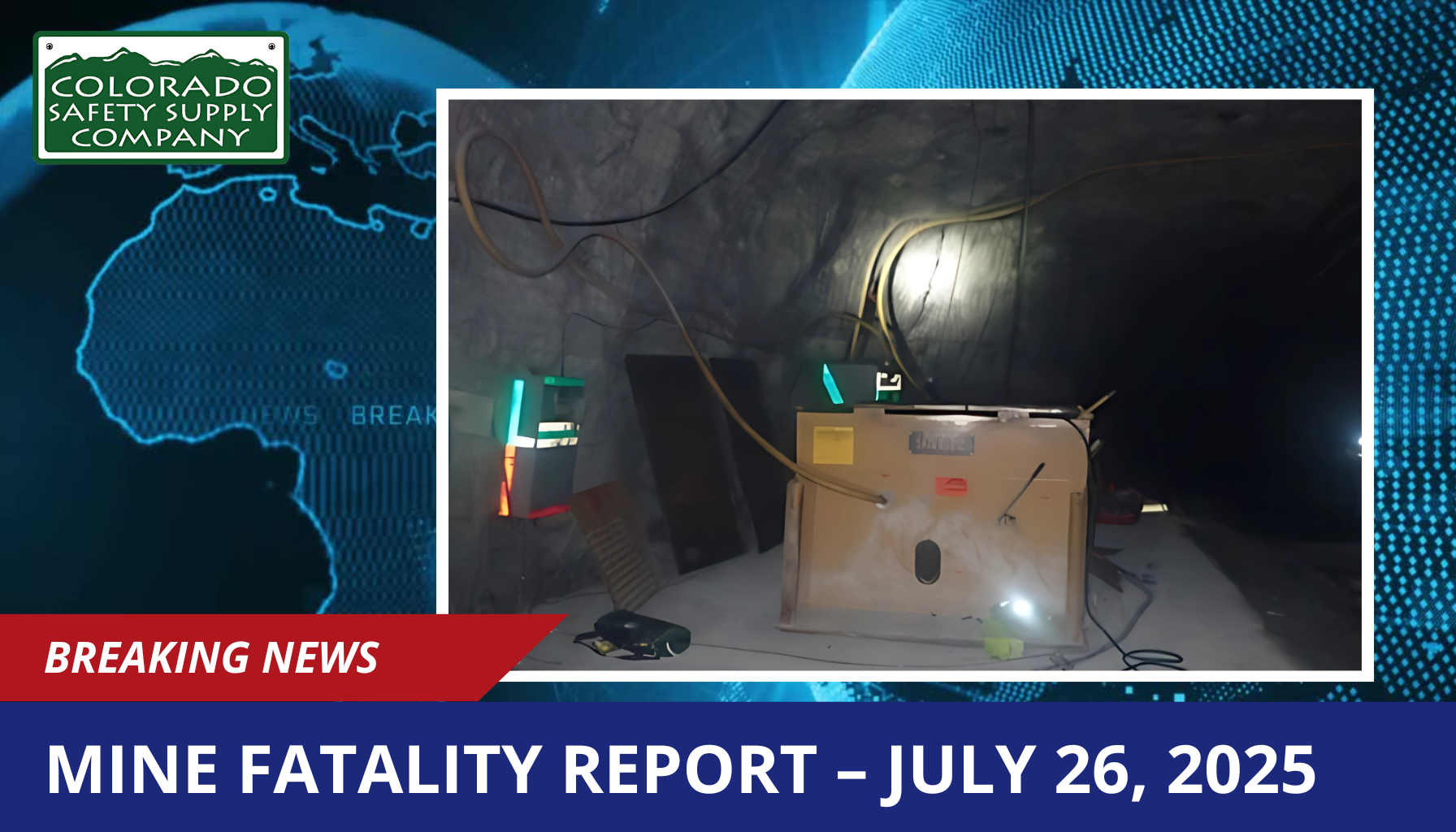On July 26, 2025, the mining industry was struck by a devastating loss. At Stillwater Mine in Montana, an experienced electrician was fatally electrocuted after coming into contact with a 13,200-volt three-phase power source. This marked the 17th mining fatality of the year and the first involving electrical hazards. While accidents of this kind are less common, they are often the most unforgiving.
Electrical incidents in mining highlight a harsh reality, working around high-voltage systems leaves no room for error. Even skilled professionals can fall victim when equipment isn’t fully de-energized, grounded, or properly secured. This tragedy serves as a critical reminder of why electrical safety must remain at the forefront of every operation.
MSHA has reinforced essential practices that can make the difference between life and death. Energy sources must be locked out, tagged, and tested before anyone begins work. Circuits should always be verified as de-energized with testing equipment rated for the voltage at hand. Protective covers should remain in place until every conductor is confirmed safe. High-voltage systems must be grounded before maintenance, and workers should never approach energized equipment without proper PPE and insulated tools.
Beyond following procedures, mining operations must commit to building a culture of safety. That means auditing current protocols, running refresher training on lockout-tagout and grounding, and encouraging workers to double-check before taking action. Safety is strongest when it is second nature—not just a checklist, but a shared responsibility.
The tragic loss at Stillwater Mine underscores that safety is more than compliance—it is a commitment to protecting lives. Every lock, every test, every grounding step matters. By embracing these lessons, we honor the memory of a fallen worker and take meaningful steps to prevent future accidents.















